
In the second blind tasting competition in the history of CBS Wine, we had a benchmark for success. That benchmark was our 3rd place in last summer’s Left Bank Bordeaux Cup. In the Sciences Po International Tasting on April 13, our tasting team wanted to do better with every drop of Burgundy in our body. We did do better, but only after being close to losing it all.
All Roads Lead to Aÿ
Peter and Rasmus had been spending some days acclimatizing themselves to the savage Champagne countryside before I (Thor) arrived. They had gone estate-to-estate sampling top cuvees at Duval-Leroy, Piper-Heidsick and more. My arrival was somewhat less glamorous. I flew in to Orly late in the evening before the competition and traveled through Paris to a bug-infested hotel in the 12th arrondissement.
I got a combined 4½ hours of sleep partly because I was excited about the competition and partly due to sexually insatiable neighbors, I was in a bad shape the following morning as I walked towards the meeting point at Gare de Lyon train station. 30 students from across Europe greeted me under the clock tower at the station as I approached, luggage in hand. We were about nine French teams, one Swiss, three British and one Danish.
The Sciences Po organizers served croissants and organic orange juice boxes on the bus and joked about one girl’s poor use of the English language. She had said something about “a cup of Champagne”, presumably thinking of the French phrase ‘un coup de Champagne’. Other than that, everybody seemed very relaxed about the upcoming battle. The competitive spirit in the wine competitions we have tried is buried in the subtext. As if nobody really wants to be seen as caring too much about winning. Regardless, we were there to kick some ass.
We arrived at Bollinger in the city of Aÿ, passed by the James Bond carnival-style cutouts for visitors to stick their heads through for pictures, and went straight to our table in the competition room. The five-people strong jury was already seated, and we immediately jumped into the first round of questions and blind tasting.
There were a total of three rounds in which each team was meant to score at many points as possible and for the top three teams to move on to the finals. The following explains in some detail what we encountered. 160 points was the maximum score divided along the three flights as 40-40-80.
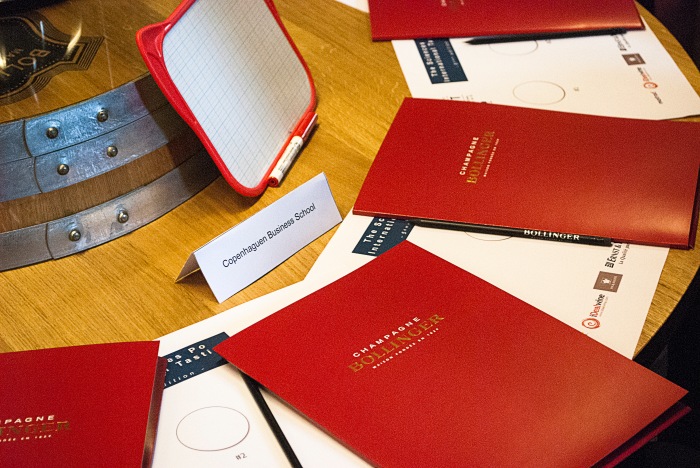
1. The Rosé Champagne Flight
Scoring: 18 points for theory, 22 points for blind tasting
We got 17 out of 18 points in the theory round, and this early lead gave us some comfort. The following blind tasting was less of a success.
The wines were served to us blind, naturally. This is the order and identity of the wines:
1) Bollinger La Grande Année Rosé 2002
2) Bollinger La Grande Année Rosé 1999
3) Bollinger La Grande Année Rosé 2004
Question 1 was to organize the wines from youngest to oldest. Unfortunately, we got the order wrong and only received one-third of the points by getting the 2002 vintage right.
Question 2 was to guess the age of wine number 2. No luck for us with that one either.
Conclusion: Good start with the theoretical questions, but a misunderstanding of how vintage rosé Champagne develops set us back.
2. The White Wine Flight
Scoring: 18 points for theory, 22 points for blind tasting
We got 12 out of 18 points on theory, which was a disappointment. Some grave mistakes in the blind tasting only made matters worse.
The wines consisted of:
- South African, sauvignon blanc, not sure about the vintage
- France, Sancerre, sauvignon blanc 2011
- France, Bordeaux, Pessac-Leognan, Domaine de Chevalier 2005 (sauvignon blanc and semillon blend)
Question 1 was to name the dominant grape variety in the three wines. As practized, we went over all possibilities, including chenin blanc, pinot blanc, riesling, grüner veltliner and even semillon (which we correctly detected in wine 3). However, we quickly settled on the correct guess of sauvignon blanc. There was no mistaking the grapefruitey, herbaceous character of that grape.
Question 2 was to guess which one was a New World wine. We wrongly guessed number 3. This wine was very oaky with a lot of punch on the nose while the correct answer, the South African in glass number one, was elegant and mineral. In retrospect, we had identified both sauvignon blanc and semillon in wine 3, and the obvious conclusion should have been a white Bordeaux. But pressed for time, we resorted to picking the most expressive, powerful wine of the three as the New World sauvignon blanc: wine number 3.
Question 3 was to guess the appellations and vintages of wine 2 and 3. The announcer confused us by changing the question midway and we got the impression that we were meant to answer one appellation and two vintages. We guessed Graves (greater region around Pessac-Leognan) on both wines and the vintages 2011 and 2010, respectively. My best guess is that we only got one out of four possible answers correct – the vintage of wine 2.
Conclusion: Our trivia performance was average, but misunderstandings and a poor deduction left us in the dust in the blind tasting.
— Intermission —
The organizers announced to the crowd the three top-scoring teams in no particular order. These included Lausanne, Oxford and a French team. No mention of CBS Wine before our last chance to rake in points. Morale was waning with one member of our team, but, as I told him, we’re a goddamned solid team and we hadn’t come all this way to drink stale champagne at the losers’ table.
And then came…
3. The Red Wine Flight
Scoring: 80 points total, unsure about distribution of points
We got 13 out of 18 points on theory, only missing a 5-point question about a Victor Hugo quote. Not an outstanding start, but it got better.
The wines brought to our table were the following:
- Italy, Gattinara DOCG, Nebbiolo, 2004
- France, Burgundy, Gevrey-Chambertin, Pinot Noir, 2009 (Domaine Louis Jadot)
- USA, Sonoma Coast, Zinfandel, 2011 (Francis Ford Coppola)
A single question with 12 possible elements to get right or wrong was announced:
What is the country, region, grape variety and vintage of each wine?
This flight of wines stands out clearly in my mind. Let me try to take you through our process. We had only a couple of minutes to answer three times four questions about the wines, so every breath of air counted.
1st wine. “It’s pale, developed with a brick-colored rim. Interesting nose. Bright red berries, tart red cherries, lots of leather, floral notes, raisins, a hint of soy sauce. Oaky element, high tannins, healthy acidity”.
Our response: Italy, Barolo, Nebbiolo, 2004.
2nd wine. “Pale color, pinkish. Feminine character like the first one. But more fruit driven, strawberries, delicate fruits, candied, a bit cooked, still retaining good elegance. Fresh, some tannins, some acidity”.
Our response: France, Burgundy, Pinot Noir, 2010.
3rd wine. “Semi-dark, young in color. Dark berries, candy-like fruitiness. Great maturity in the tannins, low acidity but not flabby. Quite juicy. Definitely New World”.
Our response: USA, Napa Valley, Zinfandel, 2011.
What Just Happened?
Something had come over us in this last round of the qualification. I couldn’t tell you what it was if I wanted to, but juices were flowing and our precision was outstanding. We were more on point for this final set of wines than we had been all day.
A few teams correctly guessed the Burgundy wine, but most were far off on the other two wines. The red wine flight catapulted us into the top three and thereby the finale between three schools!
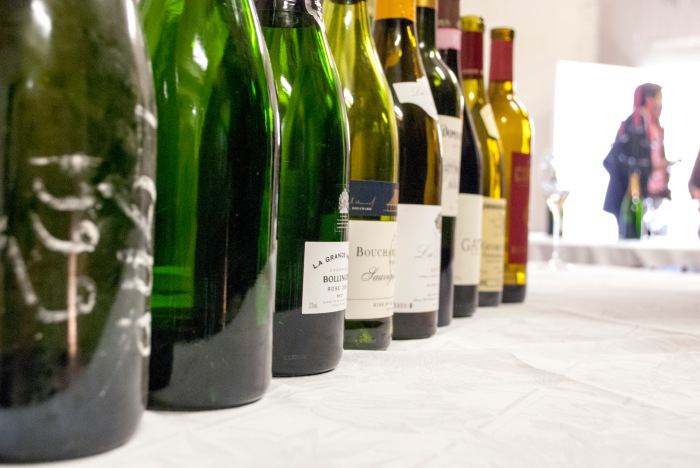
The Final Flight
Scoring: The team with the most accurate answers wins
Copenhagen Business School, Oxford University and Ecole Hôtelière de Lausanne were in the final and got 3 minutes to correctly identify a rosé Champagne and a red wine presented to us. I was given the task to present the wines and our answers orally to the jury.
The presenter from each team was ushered outside the entrance gate and brought in one by one to present the wines. Standing outside in the sunny back alleys of Aÿ, I stuck my fingers in my ears, sniffed, tasted and spat out the wines repeatedly for four minutes. My instinct was to cram in all possible tasting notes in my mind and not have to rely on a cheat sheet when presenting the wines.
A Bollinger representative tapped me on the shoulder and told me “it’s time to go in”.
Calmly approaching the jury of five experienced wine experts, I presented the Champagne.
Our guess for the Champagne was a well-performed deduction. Bollinger, our host, makes two rosé champagnes. The cheap one is a non-vintage rosé which is perfectly nice to drink but does not reach the levels of complexity that the wine between my fingers expressed. The other option, and our eventual guess, was a La Grande Année Rosé from the 1990s. We guessed 1995, one of the best vintages in the 90s.
Secondly, the red wine. Thinking back, guessing Lafite-Rothschild 1998 was an unreflective choice. My note paper says “red currant, cherries, cool fruitiness. Developed, aged notes including cocoa dust. Great minerality. Fine tannins, refreshing acidity. Balanced”. These aren’t the traits of a Lafite-Rothschild or any other top Bordeaux. In particular, the fruit notes mentioned are Burgundian if anything.
The correct answers were:
- France, Champagne, Bollinger La Grande Année Rosé 1990
- France, Bourgogne, a Grand Cru cuvée, unknown vintage
All teams were far off base on the second wine, so I can’t imagine that that played any role for the judges. Oxford University guessed the same Bollinger La Grande Année Rosé that we thought it was, although one year younger; 1996. If all had gone without a glitch, our closeness to the real vintage could potentially have sealed the victory for us.
However…
In telling the judges our guess about the Champagne, I forgot to add the all-important identifier of ‘rosé’. I couldn’t believe it when my teammates told me that I had forgot to say ‘rosé’ when naming the Champagne. I had described the dark salmon color of the wine, but identified the Champagne as a Bollinger La Grande Année 1995, which is in fact a ‘blanc’ Champagne. We got second place.
Oxford did a masterful job in presenting the wines and elaborating on their thoughts behind their guess. We don’t want to take anything from their victory. They simply did a better job than us and are the rightful winner of the Sciences Po International Tasting 2013. Congrats, you guys!
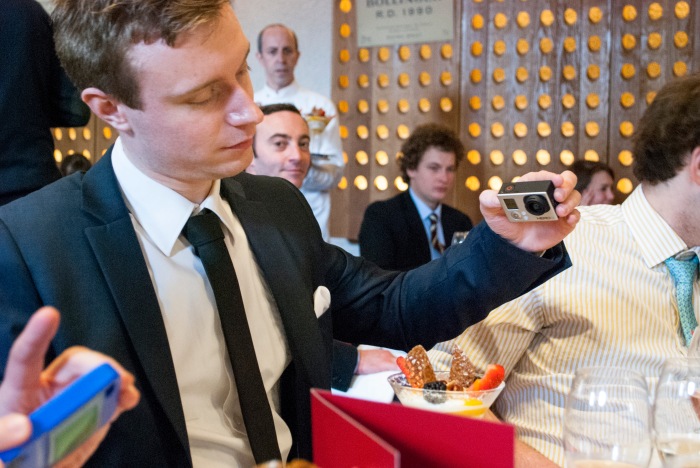
Celebrating
The day proceeded with fine champagnes in the Bollinger gardens and later a wonderful night at the wine emporium Caves LeGrand in Paris later that night. We spent the following day café-hopping around Paris, having lunch in the Palais Royal gardens, dozing off on the grass in Parc Monceau and eventually returning to Orly for a flight back.
Out of 14 hopeful teams, Copenhagen Business School took home the silver in our very first SPIT participation. We are proud to have represented our school and proven to ourselves that we have the potential do well in international competitions. We learnt a lot about team dynamics, how to improve for next year, and we got to taste tons of the greatest sparkling drink this world has to offer. And next year, we’re coming back for the gold.
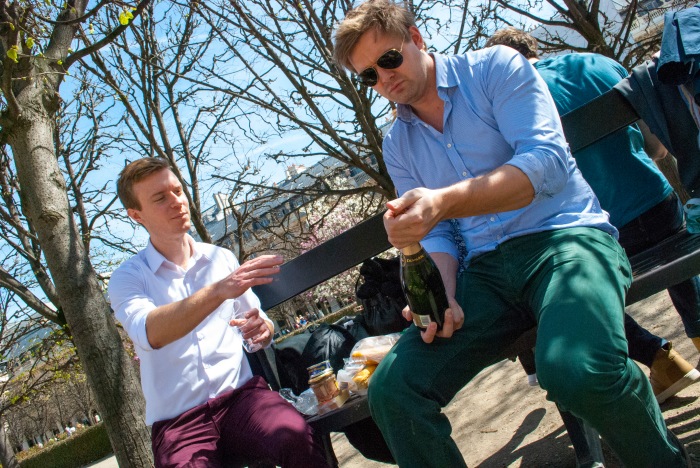

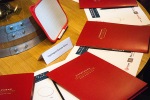
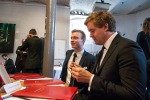
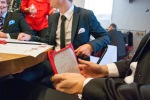

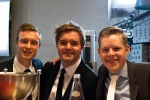



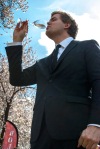
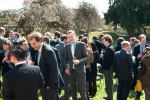


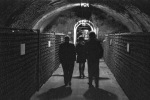
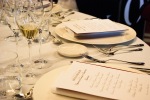
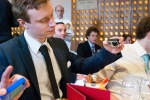

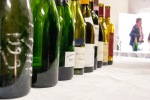
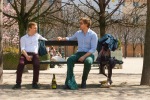
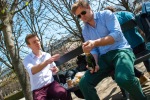

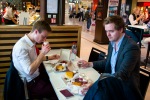
One thought on “The Battle of the Bubbly Wines”